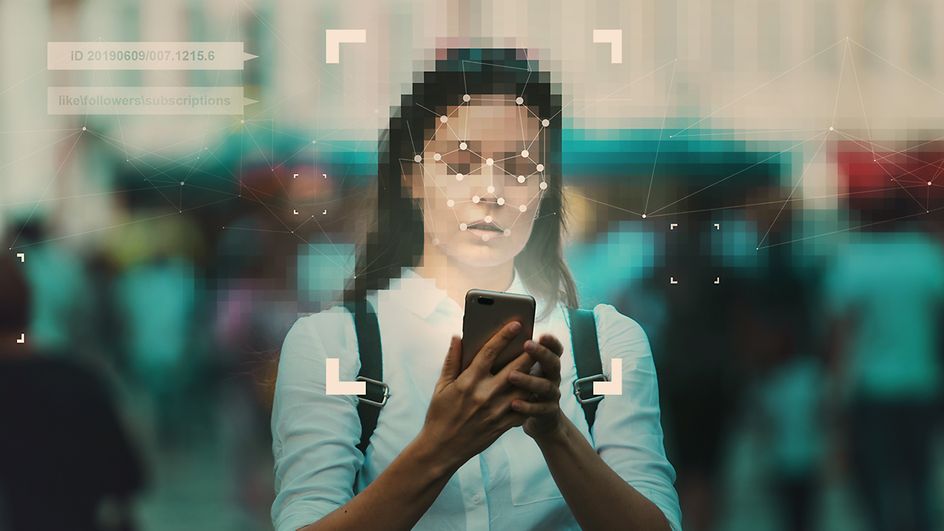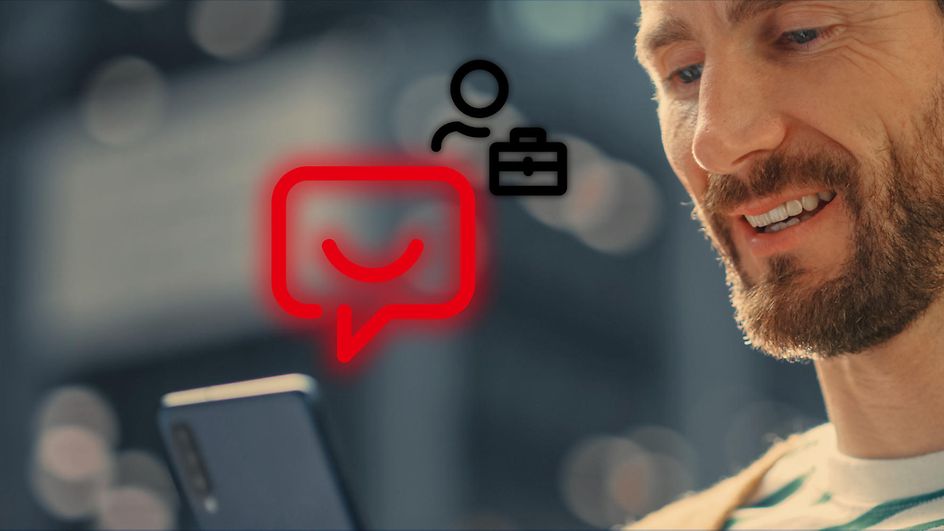AI's ability to overcome language barriers
Article: Deutsche Bahn is developing a new translation tool
10/2020 – DB Netz AG, DB Systel and DB Language Management have joined forces to develop AI-based communication technology that will overcome language barriers in international rail transport.
At long last, an end to language difficulties. Finally being able to say exactly what you need from your rail colleagues in Poland, the Czech Republic, Italy or France, and being able to understand them effortlessly – even in emergency situations when time is of the essence. This is still a dream for many railway workers involved in international freight and passenger transport.
For some time now, DB Systel, in collaboration with DB Netz AG and with the support of DB Language Management, has been working on the development of a translation tool that will enable every single DB employee to communicate without difficulty outside of the German rail network. As is the case with many of DB’s technical innovations, this tool is based on artificial intelligence. The development of the Artificial Intelligence Translation Tool (KITT) is a future-oriented project without precedent in Europe.
“The incident at the Rastatt rail tunnel in 2017 was the initial impetus for this tool,” says Matthias Kopitzki, Head of Procedures and Fundamentals in Operations Management at DB Netz AG. The collapse of the tunnel led to the closure of the Rhine Valley Railway for a number of weeks, with the subsequent rerouting of freight rail traffic proving to be both difficult and costly. Language problems prevented the freight rail traffic from being rerouted through France.
“Not every train driver involved in cross-border traffic has sufficient language skills,” says Dr Julia Hölterhoff, Product Owner of the Speech and Language Technology team at DB Systel. Yet, freight transport is on the rise. “Even now, fifty percent of all freight trains that commence their journey in Germany travel abroad,” explains Hölterhoff. New regulations exacerbate this problem. “The EU now requires all train drivers involved in cross-border traffic to have sufficient foreign language skills,” says Kopitzki.
"Finding train drivers is difficult at the best of times, but finding bilingual train drivers is even more difficult."

Artificial intelligence as an interpreter
The B1 language level stipulated in the Directive on Driving Licences is a significant hurdle that can now be overcome by technical means. DB Netz AG and DB Systel, the digital partners of the DB Group, have joined forces to develop a safe, user-friendly translator application. Language Management, a central Group function, monitored the quality and accuracy of the Machine Translation module to ensure results were consistent with Group requirements.
The application is designed to ensure real-time communication between train drivers and signallers who speak different languages, and to meet the highest safety standards. In other words, it should also work in emergency situations where swift communication is vital. In addition to the practical benefits, this tool offers tangible economic benefits. “It will make Deutsche Bahn more flexible and strengthen its position in competition with road haulage,” says Hölterhoff.

DB Netz AG and DB Systel decided to initially develop the translation tool for the language pair German – French, and to do so in close cooperation with the French national rail operator SNCF. “This will allow us to ensure subsequent interoperability,” says Kopitzki. It is also conceivable that this tool will be applied to other areas within Deutsche Bahn (for example, freight forwarding).
Tricky details
The tool’s user-friendliness is well defined: The driver speaks, as usual, into the radio system in their native tongue. The other person then hears the translation through their headphones. “Tools such as Google Translate already exist. However, its AI is only satisfactory for everyday speech,” says Hölterhoff. “Rail terminology overwhelms Google Translate. For example, Google’s AI translates the German term ‘Heißläufer’ (EN: ‘hot axle box’), which is the technical term for an overheated brake, as ‘Eisläufer’ (EN: ‘ice skater’).”
"We do not want to have to tell users how to speak to the translation tool. That’s very important to us"

To prevent such errors, the project uses Microsoft’s basic speech recognition model, and trains AI to learn the required technical language. However, the translation tool should not only understand language quickly and clearly, but also translate it in real time. Therefore, it was decided that the translator tool would have a modular structure, whereby the first module deals with speech recognition and the second module deals with machine translation. The third module is responsible for speech synthesis, i.e. speech output in the target language (French).
This uncovered a difficulty: Microsoft’s speech recognition translates from German into English and then from English into French, which can be a source of error. For example, AI translates the German word “geradeaus” into the English word “straight” and then into the French word “hétérosexuel”. Consequently, IBM is currently testing translation AI that avoids such errors: “This AI facilitates German – French as a direct language pair,” explains Hölterhoff.
100 percent safety is the goal
The translation tool must also be able to handle high and low-pitched voices, dialects, incorrect use of language, and incomplete sentences. “In emergency situations, the train driver may speak quickly and unclearly. Even then, the tool must provide safe translations.” In the digital environment, safety is the top priority. That is why railway employees and DB Language Management have recorded tens of thousands of sentences so that artificial intelligence will learn to provide accurate translations under pressure. “Ultimately, once this tool has been fully developed, it must meet the safety requirements of the supervisory authorities,” says Kopitzki.
“Achieving 100 percent speech recognition is very difficult, especially in adverse situations. Even 98 percent is a very good figure,” says Julia Hölterhoff. “That is why we have built additional safeguards into the tool.” One such safeguard checks the incoming voice for 250 predefined messages. These are frequently occurring situations, which are detected by a Natural-Language Understanding (NLU) module. The predefined messages are translated directly (i.e. machine translation is bypassed), thus making AI-based translations even more safe to use.
Even though this minor translation miracle developed by DB Systel and DB Netz AG is now at a well-advanced stage, testing has been delayed. Further testing in a train driving simulator was originally planned for 2020, along with at least two months of use on a test route between Saarbrucken in Germany and Forbach in France.
However, protective measures taken as a result of the Corona epidemic put a stop to this. These tests are necessary before the complex process of integrating the tool into the GSM-R radio networks of DB and SNCF can be considered. Nevertheless, for Matthias Kopitzki, one thing is certain: “At the next InnoTrans trade fair, we will be able to show how this translation tool will be a considerable asset to rail companies and will make cross-border rail transport much easier.”



